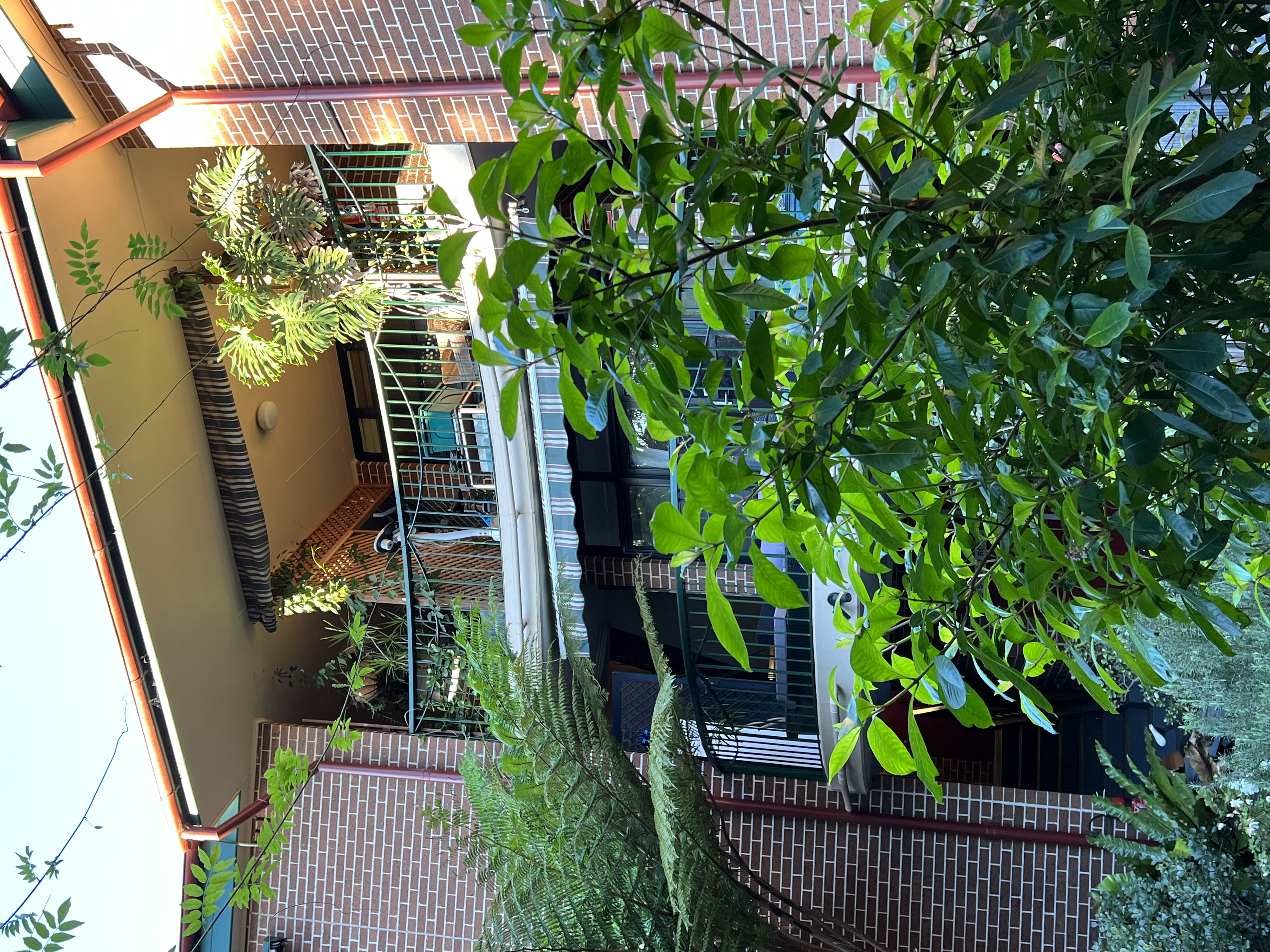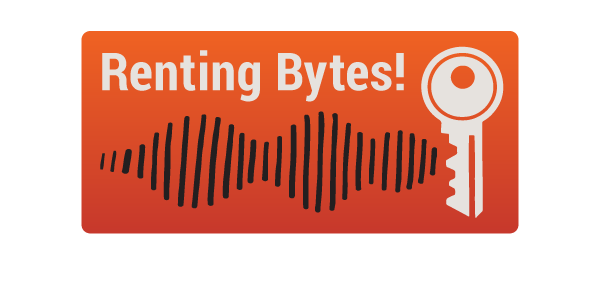Co-operative housing: Interview with co-op renter Amalina Wallace
Riley Brooke • 29/06/2023
Amalina Wallace is a founding member of Erskineville’s Emoh Ruo housing co-operative. She spoke with the Tenants’ Union about her experiences establishing and living in housing co-ops over the years.
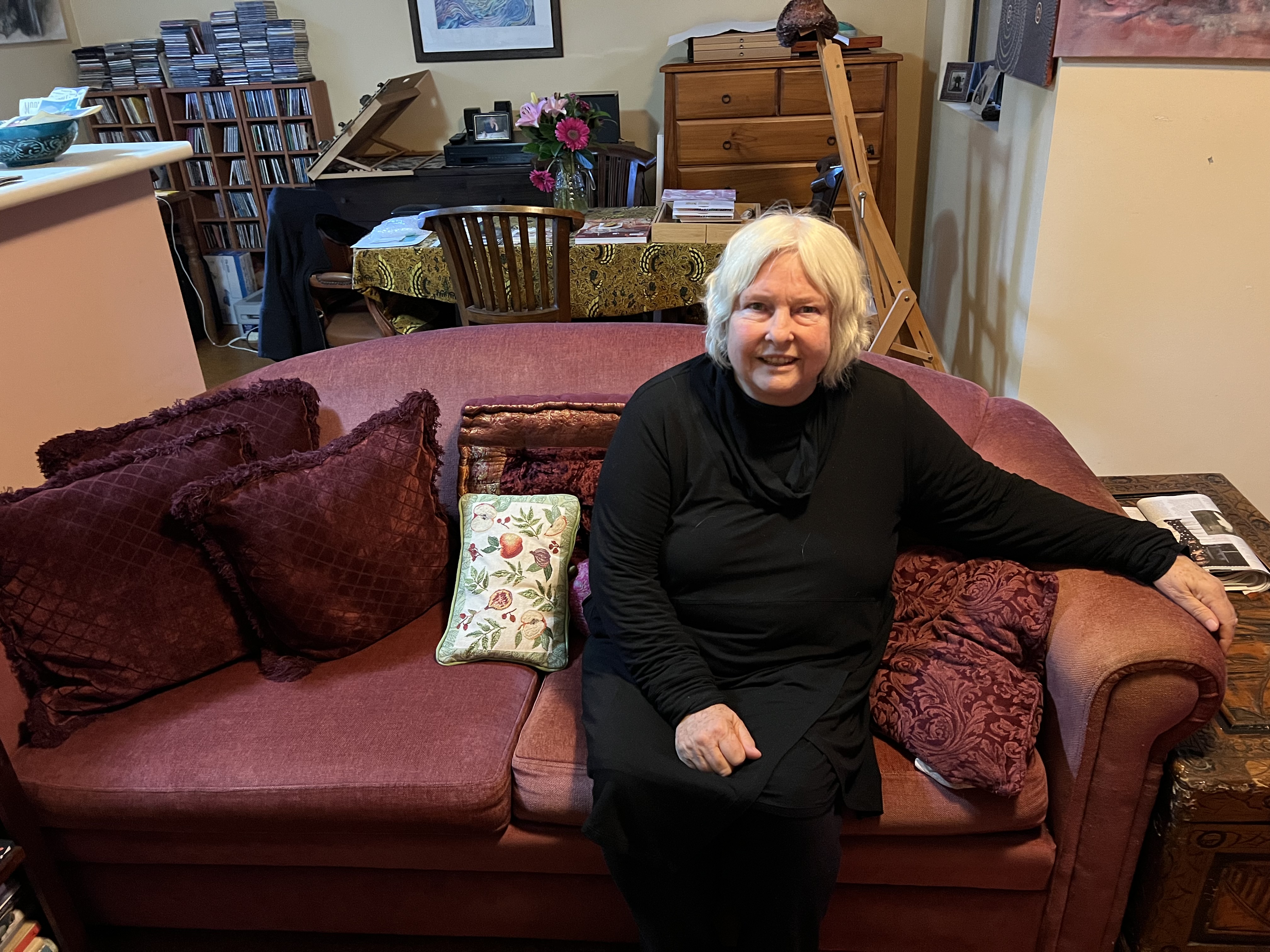
Could you please start by introducing yourself, where you live, and who you live with?
My name is Amalina Wallace and I live in a housing co-op in Erskineville.
My cat, Ginger Megs, is shared between two households here in the co-op. When I first moved in, my children were still living at home; they spent the second half of their childhood here but they've moved out now. The grandchildren come to visit and play all the time, they love it.
In the co-op as a whole, I think about 25 people live here at the moment.
What is a housing co-op?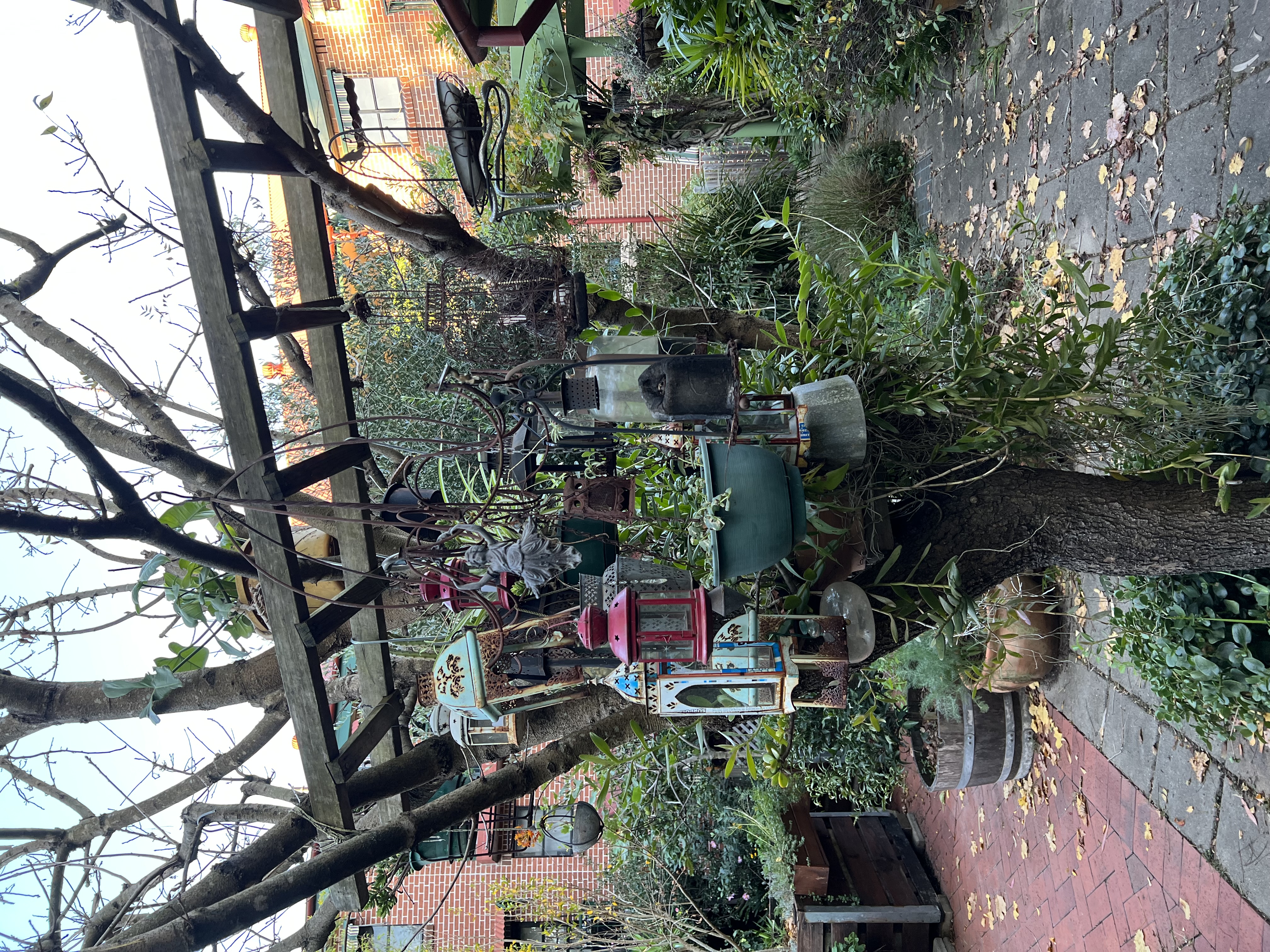
A housing co-op is like a dairy co-op or a food co-op, except for a different product: tenant housing. Co-ops come under the social housing banner, but with incorporation as cooperatives, and they operate as self-managing businesses.
In NSW most housing co-ops are managed by Common Equity.1 The big difference between co-ops and other forms of social housing is that we get to select the tenants here in the co-op, and self-manage our tenancies. It’s the co-op not Common Equity that manages each individual tenancy. It’s nice to have the collective, the co-op, as the mediator between the individual and Common Equity.
We have a chairperson, secretary and treasurer, and everyone else living here is required to be on the Board of the co-op, because everyone helps a bit in our own way with the administration of the co-op. We have meetings once a month, and the main issues are usually maintenance and permission to use shared spaces.
There’s a unique clause in the incorporation of housing co-operatives that states that a member has to be an active member. At minimum, a member can show activeness by paying rent, but there are other ways we are all active.
We can help with the maintenance, or manage the garden, and we also support each other as people. If someone is sick, we go and take a meal around, or have a cup of tea with them. There are a lot of ways of participating in a co-op, it’s a very supportive way of living. It’s up to us all as volunteers how much we do.
If a person is having problems with rent, usually the treasurer becomes aware of it, or the person goes to the treasurer themself. Usually, we have the capacity for someone to pay back a bit of it at a time if they’ve fallen into arrears.
We try and manage tenancies with compassion.
Could you tell me a little bit about the co-op you live in and how it started? 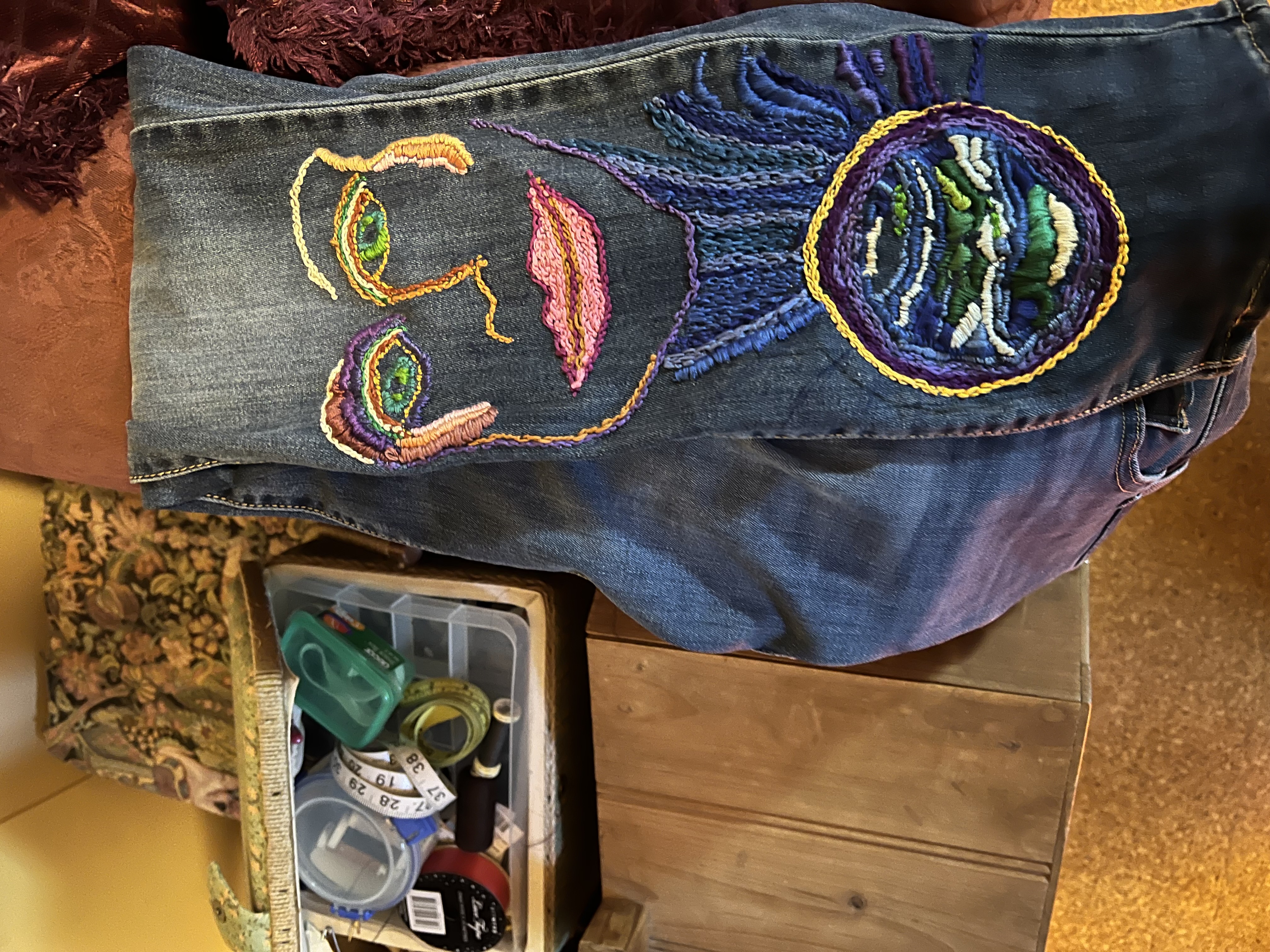
This co-op first started in the late ‘80s. At the time, I was a member of a women’s co-op, and an artists’ cooperative gallery called the Kelly Street Collective. I, along with a couple of other people in the Kelly Street Collective, decided to start an artists’ housing co-op.
Artists and musicians are people who often don’t have work security, and that impacts our housing needs.
We invited a few people in, who were all creatives in some way or another. We had a group, of which about 70% were eligible for public housing, including people with physical and mental health disabilities. Several had regular incomes – some were art teachers – though they had other issues that meant co-op housing would be good for them.
We put in a funding application under the Local Government and Community Housing scheme in 1988, and were one of the first five groups selected for funding. However, some in the Housing department at the time didn’t approve of co-op housing and the application was passed over.
In 1994, I went to the Ombudsman on behalf of a women’s co-op on the North Coast, who, like our co-op, had seen no action. I interviewed those women and wrote a submission to the Ombudsman. The Ombudsman opened an inquiry into what was happening with housing co-ops and potential corruption. NSW Housing had received money under the Local Government and Community Housing scheme for co-ops but hadn’t spent it on co-ops.
Lots of potential co-ops wrote submissions, and ultimately the inquiry made some quite radical recommendations to the Government. This included one recommendation that they dismantle the Housing department to create a new Office of Community Housing to manage things like housing co-ops and some other forms of social housing, while more traditional forms of public housing could be managed by the Land and Housing Corporation.
In 1995, our co-op was built, along with several other co-ops.
We selected some good architects – Mark Baxter and Dave Jacobson – who talked with us about fundamental things in the design. They talked with us about how communally or privately we wanted to live: we’ve got a quiet side of the co-op where each unit has separate entrances and balconies, and a more communal side where the different units have more contact with each other. They talked to us about what we wanted in our houses: the colours, the floorings and more. We have a common room and it’s been very important as a neutral space for our meetings, and for community groups to use, as well as to store all the co-op books and records and things.
We felt like we’d been listened to – it was co-operative right from the start, in the design.
I remember the first day we moved in, it was a Summer afternoon and I opened the back door. The sunlight was pouring in and my children sat on the back step. It was a nice feeling.
How has Emoh Ruo changed over the years?
The main change has been that we’ve lost some of our members who have died.
Last year we lost a woman called Margot Currey. She was a founding member and she was a very talented artist. She was also someone who had never been able to afford to buy housing, as none of us here can do. She was a very big loss. Her husband, Alan, died before we all moved into the co-op, but he died happy knowing that she was going to be looked after.
We have some members who were humanitarian entrants to Australia, and two elderly people from that family also died last year.
That has been a big change, but the co-op has remained a creative community.
How and why do people move in and out?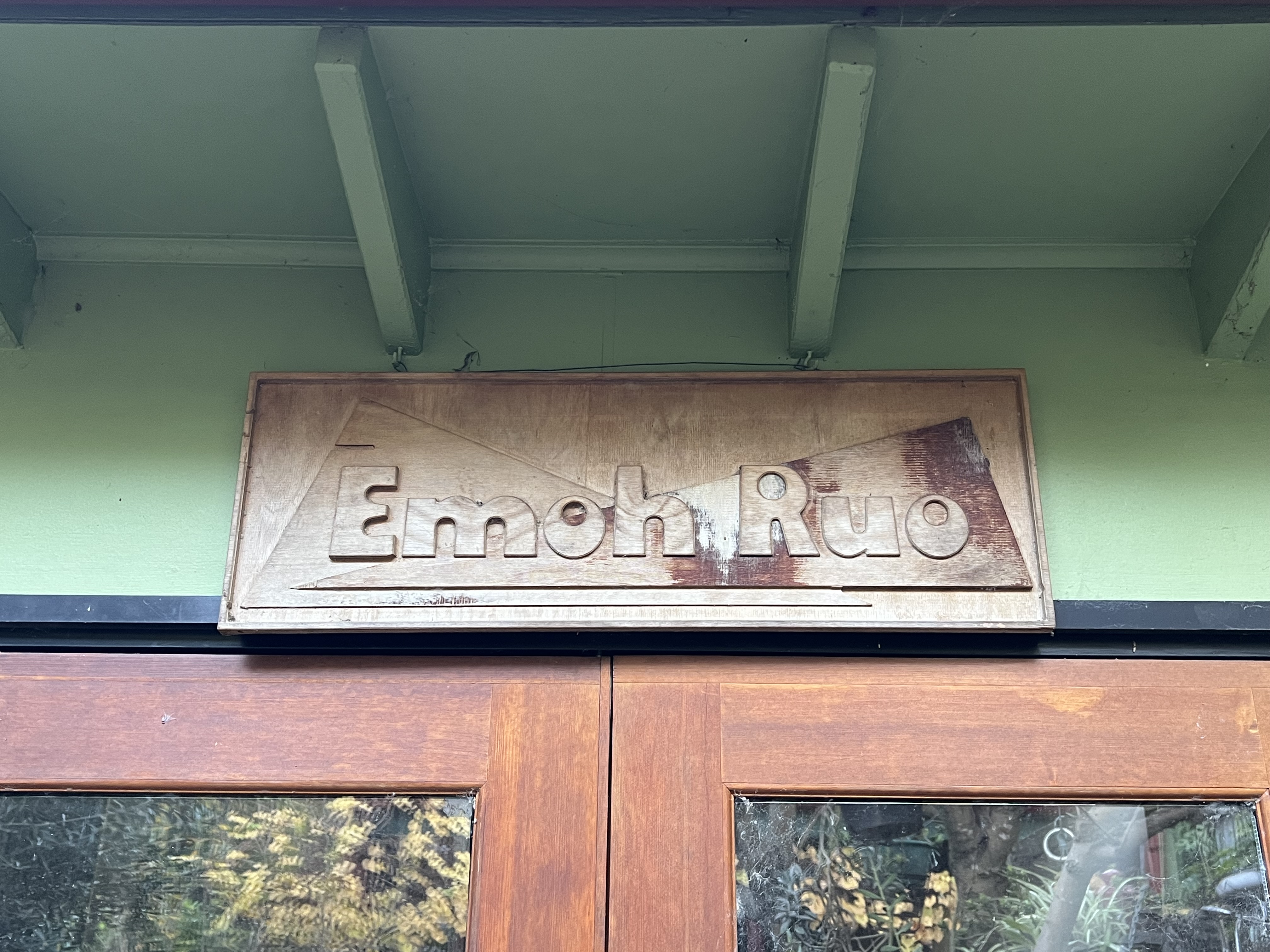
Most people don’t move out.
We’ve had people who’ve moved out because they inherited and were able to buy a property, and we’ve had very few evictions.
Could you tell me a little bit more about evictions from the co-op?
In one of them we organised alternative accommodation for the person, a young person with a substance misuse problem. For the other, Common Equity organised other accommodation – another person with a substance problem.
I think as a community we would tolerate a certain amount of anything, but when it comes to interference of the rights of other people they’re sharing their home with, we prefer a more functional tenant. That’s partly why co-ops have been criticised – we don’t take on the truly desperate. We take on people who are in strong housing need, but we need people to be well enough to participate.
How do people move in?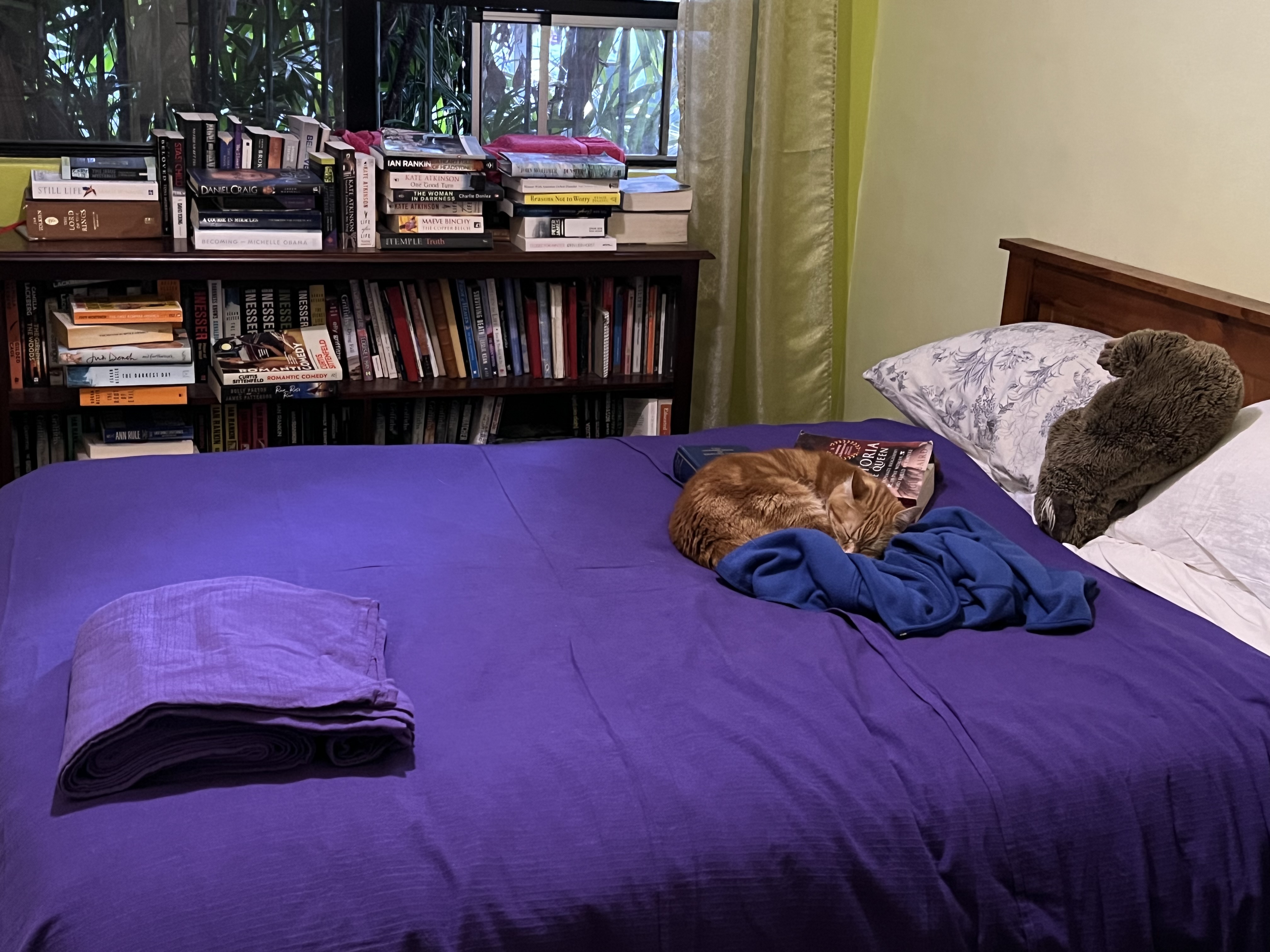
Places come up here rarely because it’s a secure housing opportunity and people are very reluctant to give that up. We have a waiting list that people can apply for and if a unit becomes available, we interview people on the waiting list, and we decide.
We decide in part based on housing need, but also, we encourage people to come here who’ve volunteered in the community since we have to run ourselves through volunteer work.
What’s your favourite part of living in a housing co-op?
The security. I went through a hell of a lot before I got this housing, and after 28 years here I am still grateful for the security.
What are the difficult parts of living in a housing co-op?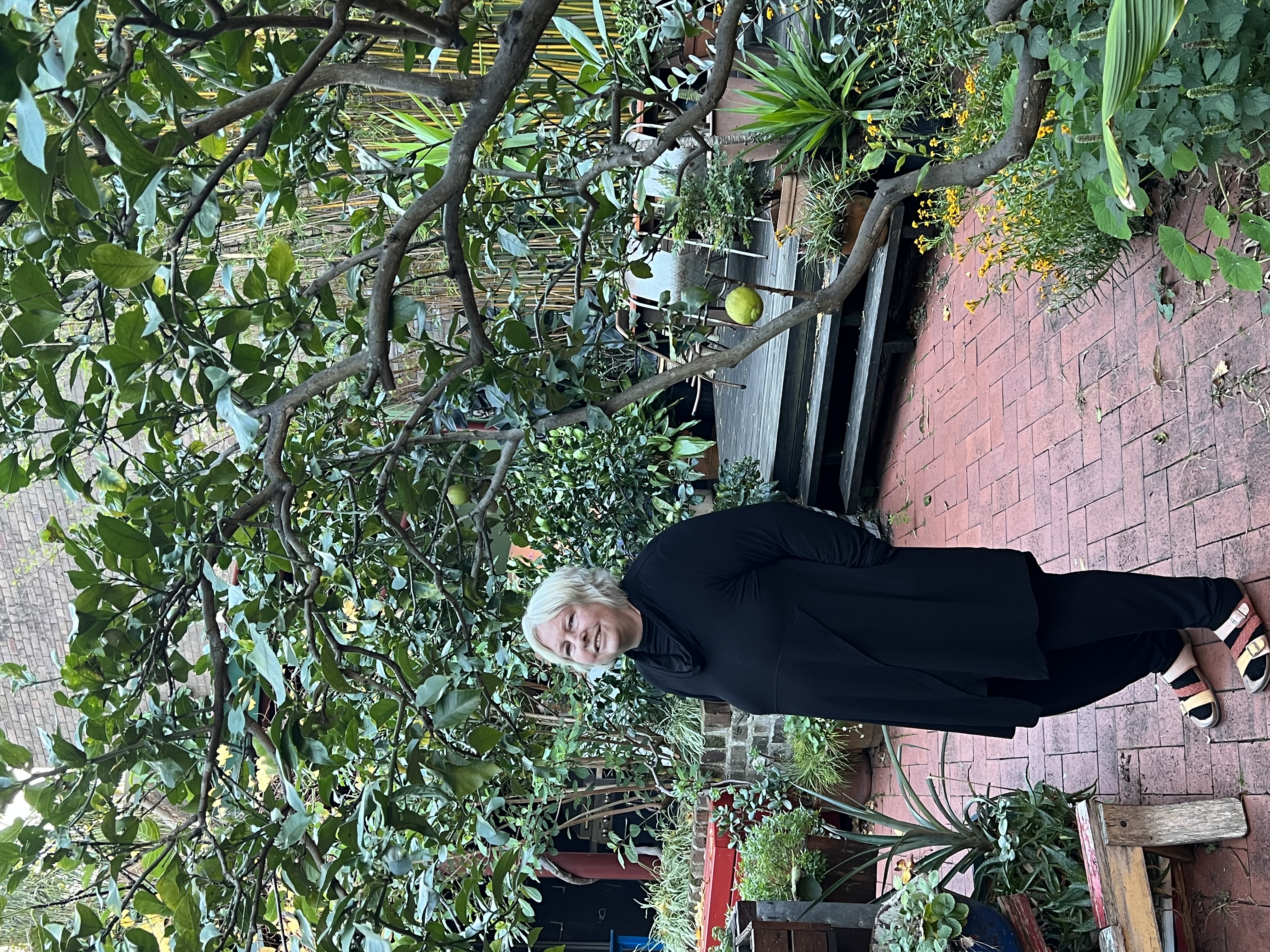
People don’t always agree. There's more conflict than other types of social housing. There used to be quite a lot of debate about the garden and how it should be used.
We have people who come here with very different views about what it is to be in a co-op. Some people have strong ideas. There’ve been the occasional personality clash, so I think that’s very similar to most organisations. We’ve mellowed over the years, but there’s still more people-management than other forms of housing.
It’s been good for all of us – we’ve had to learn that we can’t get our way all of the time.
What would you say to someone else interested in starting a housing co-op?
They should approach Common Equity, and find out realistically if there is any funding and any likelihood of it happening. It’s Common Equity’s job to liaise with the Government around funding. If not, unless they have their own private funding, it’s currently very difficult to start a new co-op.
1 Common Equity is a Community Housing Provider whose tenants include the housing co-operatives in NSW, as well as some other social housing tenants.


